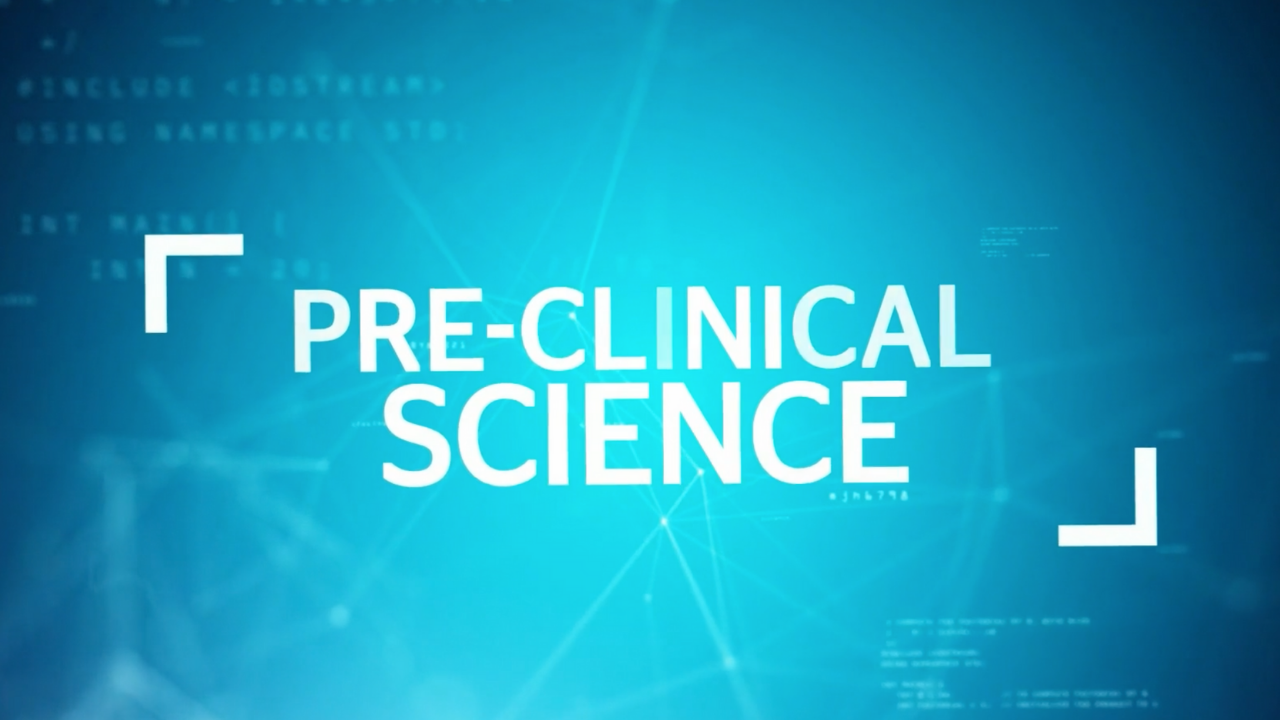Pre-clinical Science

Altria’s Pre-clinical team relies on its product stewardship program to evaluate the suitability of materials and ingredients for use in products of new or modified product components, packaging, manufacturing materials and processes, and integrated technologies and product designs.
 Our evaluations follow a scientifically sound process of toxicological assessment to characterize potential adverse outcomes resulting from exposures to chemicals or situations. This process is based on toxicological principles and established regulatory guidelines.
Our evaluations follow a scientifically sound process of toxicological assessment to characterize potential adverse outcomes resulting from exposures to chemicals or situations. This process is based on toxicological principles and established regulatory guidelines.
Principles of Toxicology
Our toxicology team operates on core principles for evaluating individual ingredients and components.
Our guiding principle is that individual components, as well as product design or manufacturing process changes, should not result in a biologically significant increase in the inherent toxicity of the product as compared to similar tobacco products. Our toxicology team’s approach starts with a detailed evaluation of individual ingredients and components. This evaluation may include:
- neat material chemical analyses;
- literature reviews of available scientific data on these individual ingredients; and
- qualitative and quantitative risk assessments using chemicals identified in the analytical data and considering human patterns of use that culminate with a weight-of-evidence determination.
We also conduct toxicological studies on tobacco products and ingredients that may include chemical analyses, in vitro tests and, if deemed necessary, in vivo studies. As part of our work we actively support the development, validation, use and regulatory acceptance of non-animal testing methods to minimize the use of animal tests. Learn more about our approach.
We evaluate the results of these toxicity assessments in comparison to similar tobacco products. That helps us determine their relative risk within the tobacco product landscape and overall human health risk.
Risk Assessment Process
Risk assessment is the systematic scientific characterization of potential adverse outcomes resulting from exposures to chemicals or situations.
Altria’s product stewardship program relies on a rigorous risk assessment process. Risk assessment is the systematic scientific characterization of potential adverse outcomes resulting from exposures to chemicals or situations.
In the evaluation of our products and manufacturing processes, we use qualitative, quantitative and probabilistic risk assessment tools. A qualitative risk analysis uses expert-based subjective qualifiers to identify hazards.
If a potentially hazardous chemical is identified, a quantitative risk assessment (QRA) is used to determine if human exposure would reach a threshold of toxicological concern. Therefore, the QRA process assigns numerical values to risk, so that the risk can be compared to established acceptable risk values or risk values derived from biological testing.
When we compare tobacco products, it’s not enough to know that the risk of one product is higher or lower than another product. We need to determine if that difference is real and meaningful in the context of human health.
By considering factors such as the uncertainty in laboratory measurements and the variability in consumers, we can conduct a probabilistic QRA. A probabilistic QRA provides the full range of risk instead of a single combination of factors. This, in turn, yields the most realistic estimate of the risk of a product and allows us to use statistics to compare the risks of one tobacco product to another.
These tools can be applied to individual ingredients in our products and our manufacturing processes. In all, the QRA and probabilistic QRA are powerful tools that provide a better understanding of risk metrics of tobacco products, the inherent absolute and relative risk of our product portfolio. This comprehensive approach to risk assessment supports our efforts to further our harm reduction strategy.
Biological Testing
Where we identify toxicological data gaps, we design and perform pre-clinical toxicity testing with external laboratory partners.
We strive to utilize as much data available from the peer-reviewed scientific literature and computational modeling as possible in our toxicological risk assessments. Nevertheless, some new potentially reduced-risk products lack critical toxicity data, such as inhalation toxicity of ingredients in e-vapor products, which are otherwise acceptable for non-inhalation uses (e.g., in food). Where we identify toxicological data gaps, we design and perform pre-clinical toxicity testing with external laboratory partners.
Our biological testing ranges from validated and widely accepted GLP testing (e.g., OECD or CORESTA guidelines) in support of regulatory submissions to exploratory non-GLP studies to gain mechanistic insight and assist product development efforts.
In particular, we’re investing in the development and utilization of in vitro-based toxicity testing, pursuing FDA’s Tox21 roadmap and 3R’s principle of reducing the use of animal testing.
Our long-term testing strategy pursues the development of clinically relevant cellular assays and exposure systems, including air-liquid-interface (ALI) in vitro for inhalable products, supplemented with computational dosimetry modeling to explore in vitro-to-in vivo kinetic extrapolation. Examples of our pre-clinical (in vitro and in vivo) studies are provided here.
Review some recent posters, presentations and publications:
- Forward dosimetry modeling of cigarette smoke HPHCs in humans using open-source PBPK modeling.
- Mechanistic Toxicity Assessment of Oral Nicotine Pouches in Comparison to Combustible Cigarettes and Smokeless Tobacco Using Human Gingival Fibroblasts.
- A Structure-Activity Relationship Based Approach to Tobacco Product Ingredient Hazard Assessment.
View more posters and presentations here.
Toxicological Guidelines
Our toxicological evaluations are used to provide guidance to product developers regarding the suitability for use of product components, packaging or manufacturing materials, processes, integrated technologies and integrated product designs. Altria’s Toxicological Evaluation Guidelines describe the basic approaches for each evaluation.
To learn more, download our Product Integrity – Toxicological Evaluation Framework Overview or click below for toxicological information for each category.









